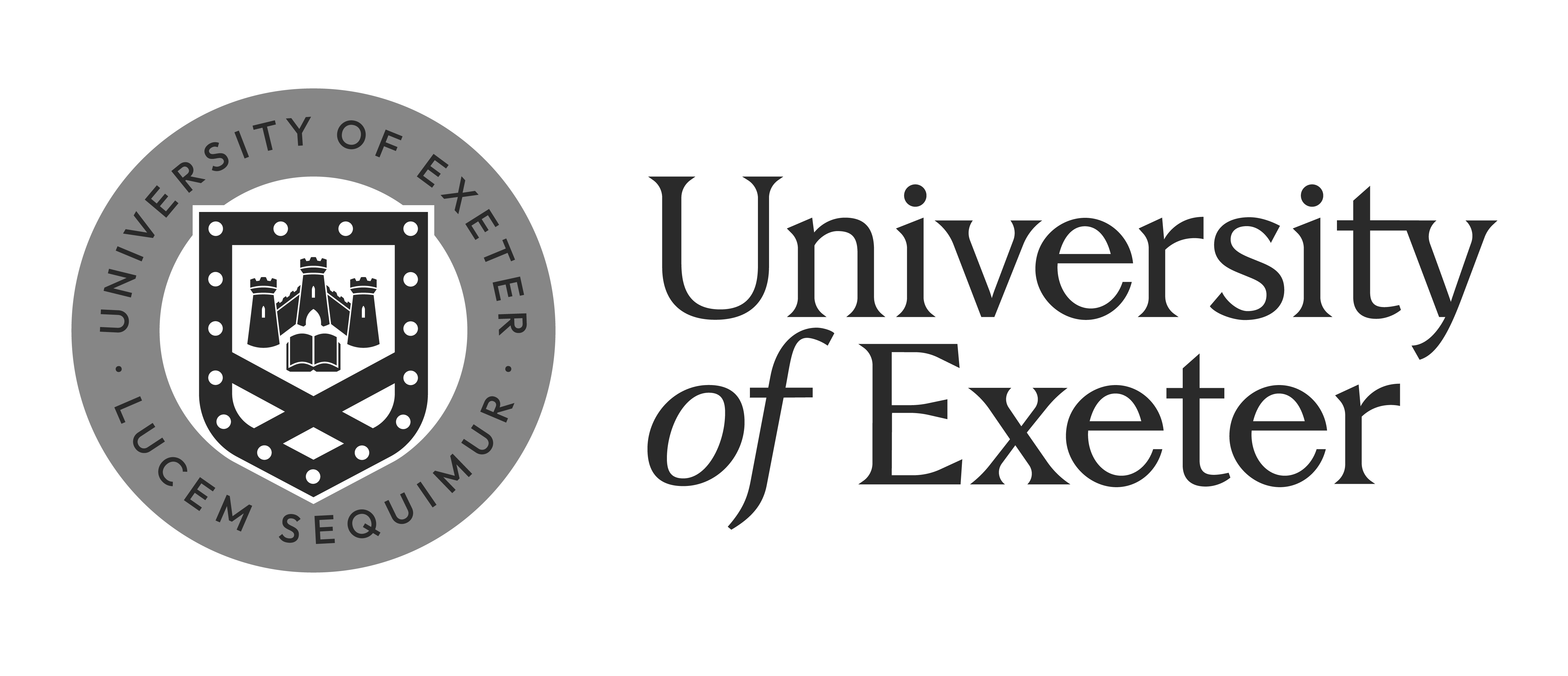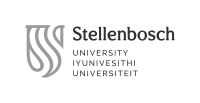S2405 Intercultural Communication. Culture, Language and Management: Beyond the Invisible Evidence. The traps of ELF (English as a Lingua Franca)
Professors
Schedule
Course description
The general theme of the course is about grasping the nature of the stakes as well as the invisible and hidden issues of internationalization, notably by making the actors aware of the cultural footprint of a language, revealing the traps of the use of English as a Lingua franca.
An introductory part to basics in Linguistics, Socio-linguistics, Semiotics and Discourse Analysis constitutes the reference point to language-related dynamics. I then develop speech, thinking elaboration, and anatomy to illustrate how languages and idioms are generated in human brains and bodies. The course then moves on onto a second part, dedicated to understanding the communication basics, and to the analysis of what happens when two people want to interact verbally with one another, and what happens when those two people come from distinct cultural universes.
The topic of Translation and the linguistic journey of words, sometimes isolated from the journey of meaning, is then deployed. This course is very dynamic since the group itself (VIU cohort), by using ELF, is a very example of how people illusively believe they do communicate efficiently, before realizing that it is not always the case.
Learning outcomes of the course
Students will be able to:
Becoming aware of the hidden dimensions & of the cultural footprint left in linguistic speech ;
Explaining the interdependent links between thinking and language, how the way we think and elaborate thinking is highly linked to our cultural background.
Meaning:
Avoiding the pitfalls of English as a Lingua Franca.
Communicational and psychic cost entailed by speaking, reacting, counter-arguing in a language that is NOT our mother tongue.
Teaching & evaluation methods
The course should be designed to be challenging, interactive and to allow for frequent participation between the participants and the course leader. The delivery format should include a combination of:
lectures discussions
team work and in-class exercises (individual & group tasks), practical exercises to create a case study, and illustrate theory.
Bibliography (provisional)
Boroditsky, Lera, How language shape your thought , Scientific American, Feb 2011
Gaibrois, C, It crosses all the b as empowering resource European
J. International Management, Vol. 12, Nos. 1/2, 2018
Hall, E.T. The silent language, Anchor, 1973 Hall, E.T., The Hidden dimension, Anchor, 1990
Kankaanranta, A., Karhunen, P. & Louhiala-Salminen, L. (2018). in the multilingual reality of multinational companies. Special Issue on Professional discourse in multilingual settings: policies and practices. Multilingua. Journal of Cross-cultural and Interlanguage Communication, 37(4), 331-351.
Klitmøller, A., Schneider, S. C., Jonsen, K. (2015) Speaking of global virtual teams: language differences, social categorization and media choice, Personnel Review, 44(2), 270-285
Sauvage, E, 2018 - The Hidden Dimension of Happy Cultural Cooperation, Management International, 23 (1), 91-102
Treguer-Felten, G. Langue commune, cultures distinctes. Les illusions du Globish. Québec (Canada) :
(some translated parts only)
Treguer-Felten, G. the communication gap between corporations set in different
in Kecskes, I. et Romero-Trillo, J., eds., Research Trends in Intercultural Pragmatics, Amsterdam, Mouton de Gruyter. 2013. p. 263-282.
Tréguer-Felten, Geneviève, identity cross borders by borrowing English, the
Gérer et Comprendre, 118, Décembre 2014, p. 16-29.
Videoclip and discussion TEDTalk Tsedal Neeley « Why Global Success Depends on Separating Language and Culture »
Wilmot, N.V. (2017) Language and the faces of power: a theoretical approach, International Journal of Cross Cultural Management, 17(1), 85-100
Wilmot, N. & Tietze, S. Englishization and the politics of translation. Critical perspectives on International business, 2020, Nov.
Last updated: May 11, 2023


















